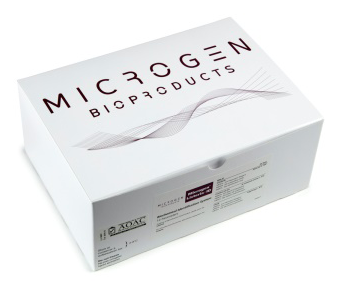
Antisera is a serum that contains immunoglobulins from blood of human or animals inoculated with an antigenic material or from those that recovered from a disease when they naturally developed certain antibodies against particular antigens. It may be a monovalent (or specific) antiserum or polyvalent antiserum. A monovalent antiserum is a type of antiserum containing one specific antigen whereas a polyvalent antiserum is a type of antiserum with more than one antigens. Antisera are prepared to combat certain diseases. They are in particular used to provide passive immunity against diseases. An example of this was when there was an Ebola outbreak and those that survived from the disease served as source for passive antibody transfusion to another suffering the disease. The method of transfusion of antibodies into the diseased individual works when the antibodies in the antiserum bind to antigens. The binding of antibodies to the antigens stimulate the immune system to carry out a stronger immune response against the antigen.
Antisera are used to determine which antigens are on the red cells. The test using antisera and the patient's red cells is called the front cell group. The antisera used in the front group are obtained from plasmapheresis of donors stimulated with soluble antigens (A substance from pig mucosa and B substance from horse mucosa). Alternatively, monoclonal antisera can be prepared from cultured cell lines.
1. Anti-A (from group B people)
The government regulations specify that anti-A be coloured blue as a quality control (QC) measure.
2. Anti-B (from group A people)
The government regulations specify that anti-B be coloured yellow as a QC measure.
3. Anti-A,B (from group O people)
Anti-A,B is colourless (no dye is added). Use of anti-A,B varies from lab to lab. Some labs use it for all ABO grouping, and some use it to confirm group O typing. Other blood banks use it selectively as follows:
* To group newborns (whose reverse group is unreliable and cannot be used as a check on the front cell group).
* Whenever discrepancies occur between the front and reverse group, especially discrepancies due to weak or missing antigens. Note: monoclonal anti-A,B is better at detecting weak subgroups than is human anti-A,B.
* When investigating suspected hemolytic transfusion reactions.
4. Bacterial Typing Antisera
A high quality range of typing sera for the accurate and efficient identification and typing of Salmonella, E.Coli and Vibrio Cholerae. The Microgen typing sera are produced under ISO conditions and comply, where necessary, with the requirements of World Health Organisation testing programmes.